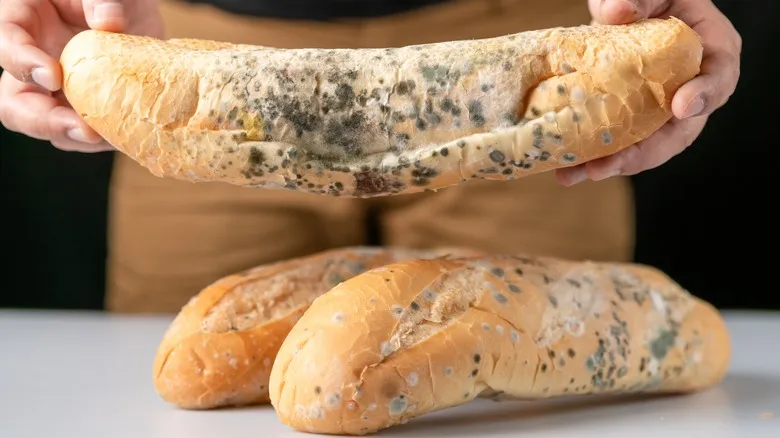The threat of mycotoxins
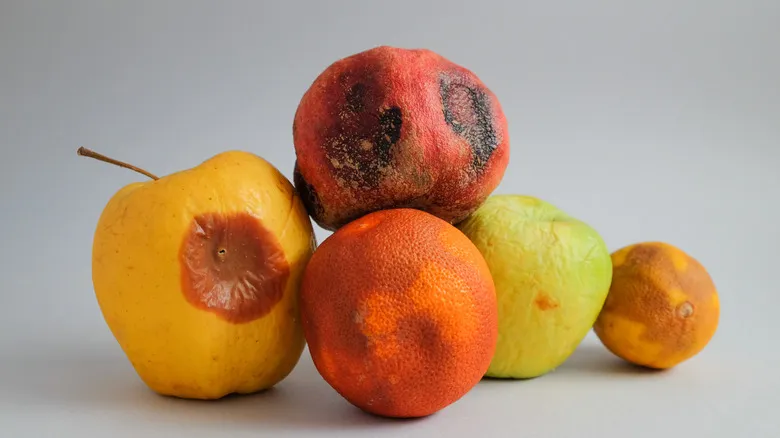
According to the Cleveland Clinic, consuming mold can sometimes trigger allergic reactions, resulting in symptoms like respiratory problems and gastrointestinal discomfort. If you notice any of these symptoms after eating moldy food, it’s important to consult a healthcare professional immediately. While molds are harmful on their own, they can also pose additional risks. The U.S. Department of Agriculture states, "Certain molds, under specific conditions, produce 'mycotoxins,' toxic substances that can make you ill." Mycotoxins are naturally occurring and can contaminate various crops, including grains, nuts, fruits, and vegetables. Additionally, grains used in animal feed can also harbor mycotoxins, potentially leading to contamination in animal products.
As if that weren't concerning enough, there is a wide range of mycotoxins, and researchers are continually identifying new ones. It has often been claimed that up to 25% of the world's crops are affected by mycotoxins; however, a 2019 study from Queen's University Belfast suggests that this figure is likely much too low, estimating that 60-80% of global crops could be contaminated.
Mold can thrive on nearly any food, but fresh produce and perishable items are more susceptible than processed foods and certain mold-resistant items. These troublesome fungi can even affect cured or preserved foods, making it challenging to completely eliminate the risk of mold growth. Moreover, it’s impossible to determine the danger of mold just by visual inspection, so if you spot fuzzy patches on your food, it may be wise to discard it, depending on the type of food.
What to do with moldy food
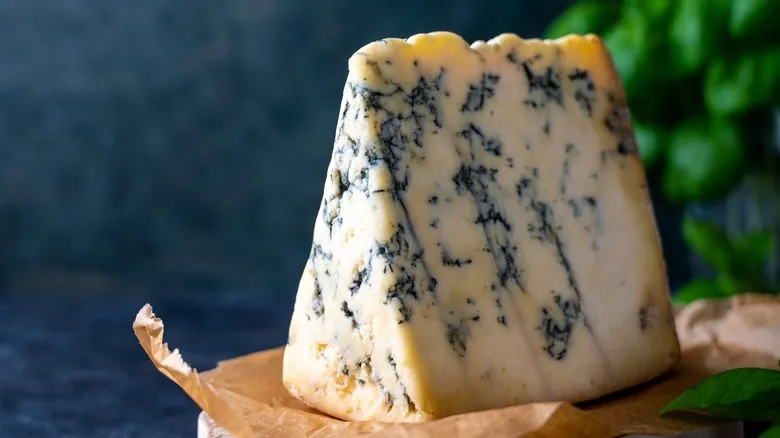
Certain foods are intentionally made with mold and are completely safe to consume. However, unless you're about to enjoy a piece of Gorgonzola, it's best to remove any mold you find on your food. Fortunately, this doesn't always mean that the entire item needs to be discarded. For hard foods like apples, carrots, firm cheeses, and cured meats, you can cut away the moldy section. Keep in mind that there may be more mold lurking beneath the surface. Healthline recommends cutting at least 1 inch around the moldy area and being careful not to let your knife touch the mold itself.
In contrast, mold can easily infiltrate soft foods such as yogurt, baked goods, berries, soft cheeses, and jams. Unfortunately, if you discover mold on these moist, delicate items, it's best to throw them away entirely. If you're ever uncertain about whether moldy food can be saved, it's always safer to discard it.
After you've disposed of the moldy food, make sure to thoroughly clean the surface it was on and check nearby items for any signs of contamination. Properly store or refrigerate your food, utilize the crisper drawer for fruits and vegetables, and keep any exposed food covered to prevent the spread of airborne mold spores. While consuming mold can be serious, in many cases, there's no need for alarm. So, if you accidentally eat something questionable, stay calm and watch for any symptoms — chances are, you'll be just fine.
Recommended
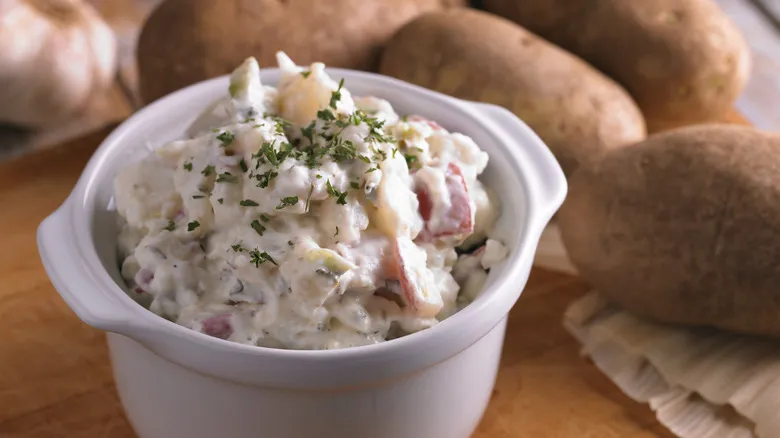
Celery Seeds Add A Stunning Flavor Boost To Potato Salad
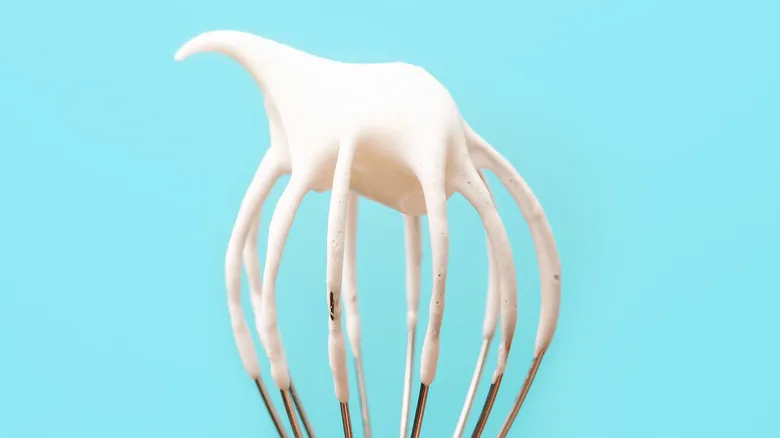
Recipe Calls For A Cold Whisk? Here Is What That Means

13 Mistakes Everyone Makes While Loading A Dishwasher
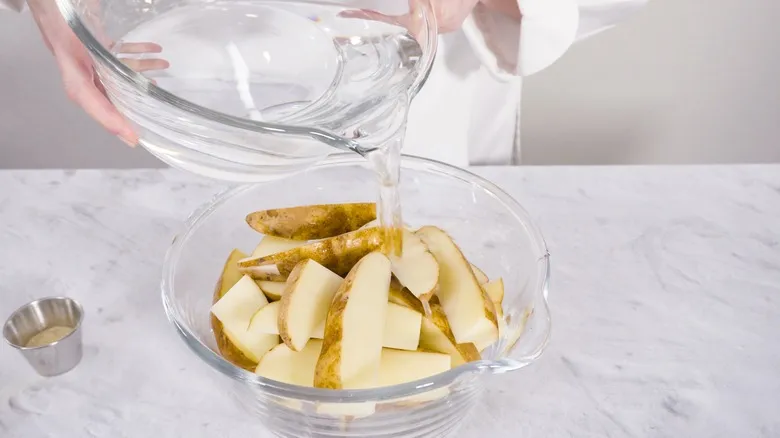
How Long To Soak Potatoes For The Crispiest Possible Fries
Next up

